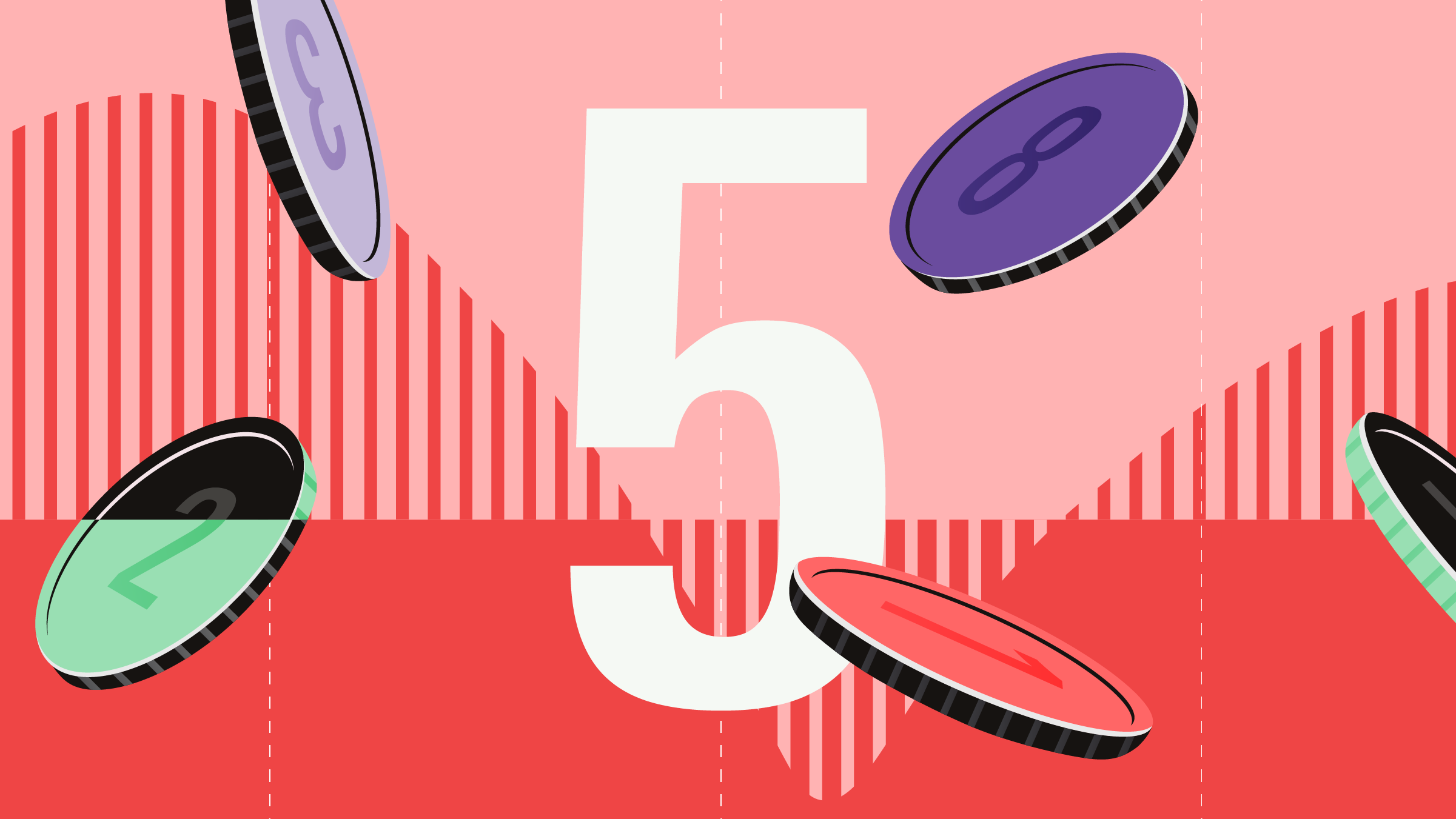Rolle im Portfolio
The Lyxor ETF Commodities CRB TR provides broad exposure to commodities by tracking the Thomson Reuters / Jefferies CRB Index, which is comprised of 19 commodity futures that are traded across six global exchanges.
Broad-basket exposure to commodities has traditionally been considered an excellent source of portfolio diversification, exhibiting low correlations with bonds and stocks. In line with modern portfolio theory, adding this exposure to a stock and bond portfolio has historically produced lower volatility and increased risk-adjusted returns. That said recent years have seen a notable increase in correlations with the major equity and bond markets, which peaked in the face of market turmoil in 2008. Though their portfolio diversification benefits are increasingly questionable, commodity futures may provide a portfolio hedge against unwelcome rises in inflation in Europe.
Fundamentale Analyse
Historically, broad-basket commodity exposure has been utilised for its diversification and inflation-hedging benefits within a wider portfolio. Low or negative correlations with equity and bond markets have seen investors improve their risk adjusted returns by adding commodity exposure to a portfolio comprising traditional asset classes.
In an academic study published in 2005, Gorton & Rouwenhorst present findings that demonstrate how an index of commodities futures shows a robustly negative long-term correlation to bond and equity markets for the period from 1959 to 2004. While this supports the traditional view that commodities provide a powerful portfolio diversification tool, it does not tell the full story.
Beginning in 2005, commodities’ correlations with traditional assets began to rise, for example Brent North Sea crude oil’s correlation with the S&P 500 ballooned from 0.54 in 2006 to 0.88 in 2008. Some analysts believe that this has resulted from fundamental changes to the financial markets over recent years, pointing to the ‘financialisation’ of formerly inaccessible market sectors through products such as REITs and ETFs, which has dramatically expanded the investor base and increased trading activity. The funds invested in global commodity indexes through ETFs alone increased from $2.45 billion to $348 billion over the period from 2005 to 2012. Others, such as Buyuksahin, Haigh and Robe (2008), argue that recent levels of correlation between commodity and traditional assets are not historically unprecedented.
It remains to be seen whether correlations will drop back towards their long term averages, or whether we have entered a ‘new economic normal’ under which old relationships no longer hold. However, it is clear that the diversification benefits previously assigned to commodities evaporated in the market turmoil of 2008, when investors needed them the most.
Conventional investment wisdom dictates that commodities provide a protection against unexpected rises in inflation. This claimed benefit of commodity exposure has been substantiated academically in the United States, but investors must be wary when exporting these conclusions across international borders. A study conducted by Keith Black et al (2012) finds that energy commodities maintained a strong positive correlation with unexpected inflation in Europe from 1983 to 2007, with all other individual commodity sectors exhibiting a negative correlation. The findings suggest that the larger an index’s exposure to energy, the higher its value as a hedge for unexpected inflation. It must also be noted that correlations in Europe are calculated in relation to average inflation across countries, so country specific protection may vary.
Indexkonstruktion
Lyxor ETF Commodities CRB tracks the Thomson Reuters/Jeffries CRB index, which offers broad commodity futures exposure to the energy, agriculture, industrial, and precious metals sectors. Given that it is a futures-based index, it has three unique sources of return: spot price return, roll yield, and collateral yield. Roll yield is generated when selling expiring futures contracts and purchasing the next contract. Depending on the price of the next futures contract, the index could either experience positive roll yield when the relevant futures curve is in backwardation or could experience negative roll yield in contango markets. Collateral yield is generated via interest payments from U.S. Treasury bills, which are held as collateral backing the commodity futures positions. The index weights the commodities by their perceived economic significance, trading frequency, and historical return contribution to the commodities space and is rebalanced monthly. Using these factors, it places a 39% weighting in the energy sector, 41% in agriculture, 13% in industrial metals, and 7% in precious metals. Individual commodities are weighted based on the same factors of economic significance and trading frequency. Despite being somewhat underweight energy in comparison with its peers, the index does maintain a large allocation to WTI Crude oil at 23%. The remainder of the index’s constituent commodities are rebalanced to tier-based weightings of 6%, 5%, and 1%.
Fondskonstruktion
To deliver the index return to investors, the Lyxor ETF Commodities CRB employs synthetic replication using an unfunded swap structure with parent company, Societe Generale (A, A2, A). In this structure, Lyxor buys a basket of securities from SocGen and enters into an arrangement in which the bank pays the index performance (net of fees) in exchange for the performance of the fund’s holdings. While Lyxor is a wholly owned subsidiary of SocGen, it does follow the best execution principle laid out by the European Markets in Financial Instruments Directive. In doing so, Lyxor challenges SocGen’s swap prices by putting the bank in competition with other external swap providers. If an external provider offers a better price, SocGen will match that swap price. Lyxor commodity ETFs currently hold liquid stocks from OECD countries, which comprise a minimum of 75% of the fund’s asset basket. Since the majority of the basket’s assets reside in the same or similar time zones as the ETF, overlapping trading hours will reduce liquidity risk if a liquidation of the basket is necessary. Lyxor has a daily target of zero counterparty exposure, which means that swaps are reset whenever their value becomes positive. Swaps may sometimes have a negative value, which is equivalent to an over-collateralisation of the fund. A negative swap value means that the fund owes the counterparty money. A snapshot of the fund at the time of writing this report shows the swap with a negative swap value of 4.23%, which reflects a significant over collateralisation. This European equity can potentially be increased to 10% of NAV in compliance with the UCITS framework. Lyxor does not engage in securities lending at the fund level. Fitch downgraded its long term rating for Societe Generale from A+ to A in July 2013, following a downgrade of France in the same month. Given the mitigating measures taken, the counterparty risk associated with the swap remains low. This ETF is available in USD, GBP, and EUR, allowing investors to assume or eliminate currency risk from their investment.
Gebühren
Lyxor charges a total expense ratio (TER) of 0.35% for this ETF, which is lower than its peer group. By comparison, iShares DJ-UBS Commodity Swap charges a TER of 0.46% and EasyETF S&P GSCI TER ranges between 0.53% and 0.68% depending on the required currency exposure.
Alternativen
Investors have no shortage of choice when it comes to broad-basket commodity futures ETPs. The key differentiating factor amongst them will be index construction, meaning different broad-basket ETPs will not necessarily perform similarly. In considering differences of index construction, an investor will want to focus on these indices sector exposure and rolling methodology. Historically, those utilizing “intelligent” rolling practices have generated superior performance and lower volatility relative to more concentrated indices that use more standard rolling practices.
ComStage ETF Commerzbank Commodity EW tracks an equally weighted broad-basket commodity index and charges a TER of 0.30%. Due to the equal-weight methodology, the ComStage ETF will be less susceptible to the movements in the energy sector and more sensitive to the precious metals, industrial metals and softs sectors than its rivals.
db X-trackers DBLCI OY Balanced has addressed the dynamic nature of the commodity futures curves by employing an optimum yield methodology, which seeks to generate maximum implied roll yield. The db X-trackers ETF charges a TER of 0.55%.

















